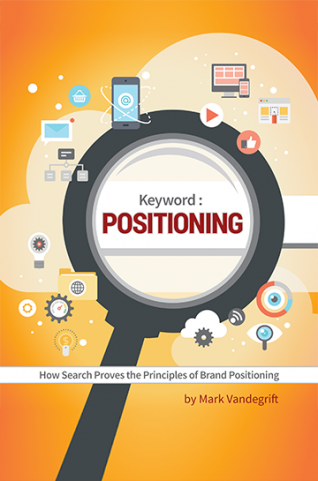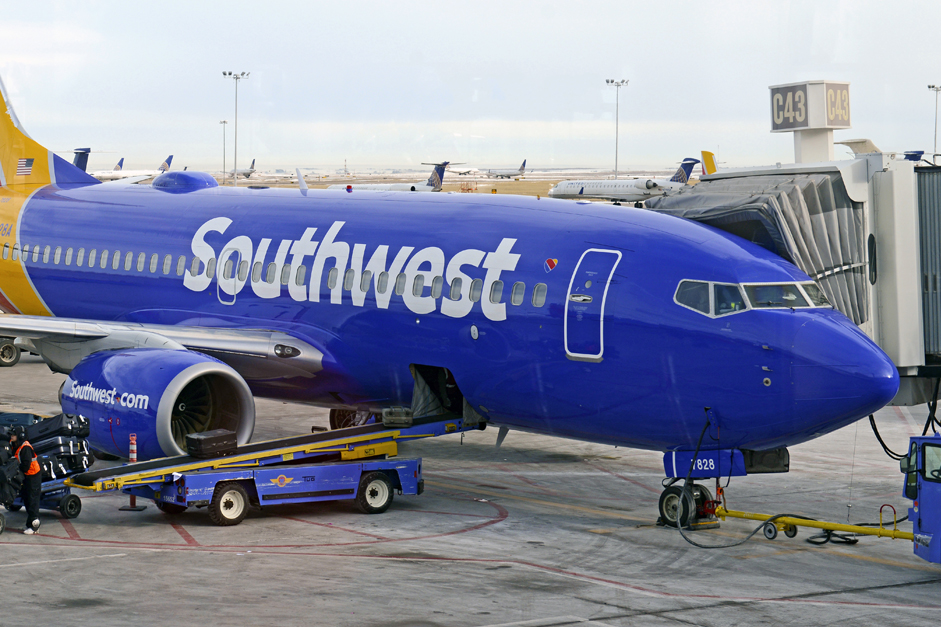First, determine where you are. Next, figure out where you want to be. And, finally, craft a plan to get there. That’s the equation for finding and executing effective business strategy.
Aligning business strategy and brand positioning
Southwest Airlines is brilliant at aligning business strategy with brand positioning.
Herb Kelleher, founder and longtime CEO of Southwest Airlines, knew where he wanted to be. He wanted Southwest Airlines to own the idea of “low-cost” in the airline category. He understood who his customer would be.
How could Southwest make the idea of “low cost” achievable in such a way that it would be almost impossible for the competition to copy?
Southwest managers knew customers wanted low price. The challenge was to outfox the other airlines on how to run the company profitably while offering low prices to its customers. If they could figure this out, they could win.
Deliberately, Southwest only flies Boeing 737s. This increases the efficiency of maintaining the aircraft. Its maintenance people have to learn how to work on only one model and become expert. They need to stock parts only for 737s.
The other airlines have thousands more parts to keep in inventory. Their maintenance folks spend much more time training how to repair several different aircraft models. This results in significant structural savings for Southwest.
As you can see, Southwest was building a protective moat around its business.
It doesn’t end there. Southwest’s turnaround time is 30 minutes on average compared to the competitions’ 45 minutes. That’s the time from when the plane lands until it takes off. This adds up to needing fewer planes and fewer worker hours.
Swift turnaround made the moat deeper.
Southwest can turn planes fast, in part, because most of its airports are in smaller markets or are the secondary airport in a major market.
In Chicago, Southwest flies out of Midway rather than O’Hare. Gate fees are less at the smaller airports, and the fact they have less congestion helps the airline stay on schedule.
Most Southwest flights fly direct to the destination, rather than the hub-and-spokes service requiring a layover in another city.
Such decisions added a few alligators in the moat.
Southwest’s no-frills policy means no food. When the Marketing Department carried out research with its customers, it found passengers on the flight from Houston to Las Vegas wanted chicken Caesar salads.
When the marketing director shared the findings with Herb Kelleher, he reminded that Southwest is the low-cost carrier. Therefore, Herb decided, it will not do anything that will raise prices. No salads.
Kelleher’s filter for decision-making takes into consideration its low-cost position. The brand’s positioning idea is prescriptive for decision-making throughout the organization.
Southwest doesn’t have seat assignments. Nevertheless, the airline manages to create a fun and enjoyable experience for employees and passengers. The employees even get paid less, on average, than the competition, yet they seem happier. The flight crews are more likely to go home each night rather than sleep in another city. They like that.
They keep deepening the moat.
Southwest negotiated with its union members that they would perform more than one job function. The same employee might unload baggage and guide planes on the tarmac. Flight attendants might take tickets at check-in and handle gate announcements.
There’s more: Southwest doesn’t pay travel agent or online commissions, because you can buy Southwest tickets only at Southwest’s website. No other airline works that way.
They even took away the first-class section of the aircraft, focusing on coach only.
There was strong financial pressure from Wall Street for Southwest to expand into the Northeast.
The key in the airline business is to own the “gates” at the airports. Kelleher was advised to buy an airline with gates in the East. He really wanted those gates, but he knew he didn’t want the “airplanes and the people” that came along with the deal.
He understood what the Southwest brand stood for. To be the low-cost, no-frills airline, he needed to maintain only Boeing 737s.
Kelleher also knew the culture of the people of the acquired airline might not gel with Southwest’s culture. He didn’t go through with the deal.
Business strategy drive profits
All of this points to why Southwest Airlines never has reported an unprofitable year; 2017 is its 44th consecutive year of profitability. The four largest airlines, meanwhile, have been in bankruptcy at one time or another.
Everyone in the company must be aligned on the strategy for it to be executed successfully. The strategies must be communicated with everyone so they fully understand.
Only then can there be trust, buy-in and commitment behind the movement. Everyone’s mind and heart must be on board. Aligning business strategy to brand positioning is a must.
It’s a pretty simple equation.



